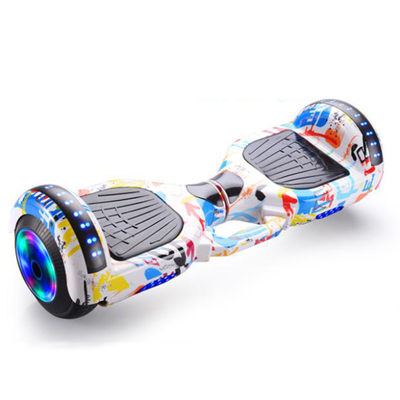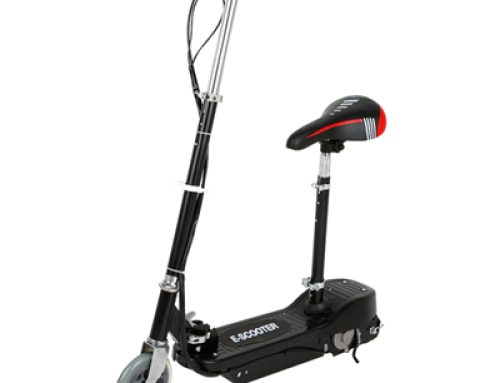As of my last knowledge update in September 2021, hoverboards in the sense of the fictional levitating skateboards seen in movies like “Back to the Future” hadn’t become a practical or widespread mode of transportation. However, there have been advancements in personal mobility and transportation technology that might be relevant to your question. Keep in mind that I do not have information about developments beyond September 2021.
Up until that point, there were a few factors that limited the feasibility of hoverboards as a mainstream mode of transportation:
- Technological Challenges: Creating stable and controlled hoverboards involves complex engineering challenges. Developing a compact and efficient propulsion system that can lift and support a person’s weight, while also being safe and maneuverable, remains a significant obstacle.
- Infrastructure: For hoverboards to become a practical mode of transportation, the infrastructure of our cities and towns would need to adapt. Current urban landscapes are not designed for levitating vehicles, which would require changes in transportation pathways and regulations.
- Energy Efficiency: Hovering requires a lot of energy, and the development of a power source that’s both powerful enough and energy-efficient for sustained transportation is a hurdle. Battery technology would need to advance significantly to make this feasible.
- Safety and Regulation: Safety is a primary concern with any form of transportation. Hoverboards would need to pass rigorous safety testing and be subject to regulations to ensure they don’t pose a threat to riders or pedestrians.
- Cost and Accessibility: Like any new technology, the initial cost of hoverboards would likely be high. Making them accessible to a broad range of people would be a challenge.
It’s possible that research and development have made progress since my last update, and there might be breakthroughs that could make hoverboards more viable in the future. However, as of my last update, practical hoverboards that can serve as a widespread mode of transportation remained in the realm of science fiction. If there have been any significant advancements or changes beyond September 2021, I wouldn’t have that information







